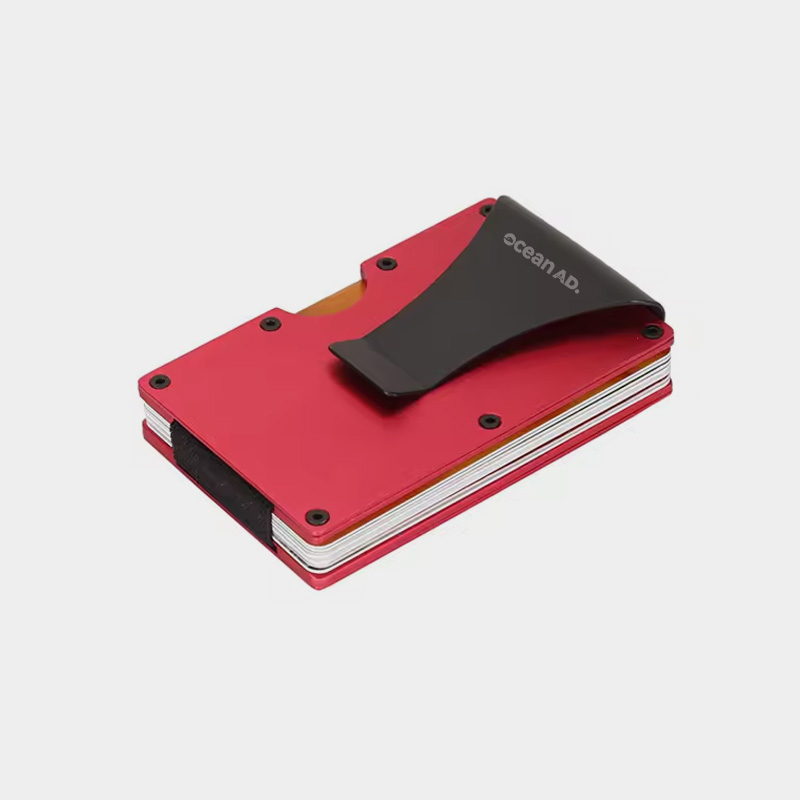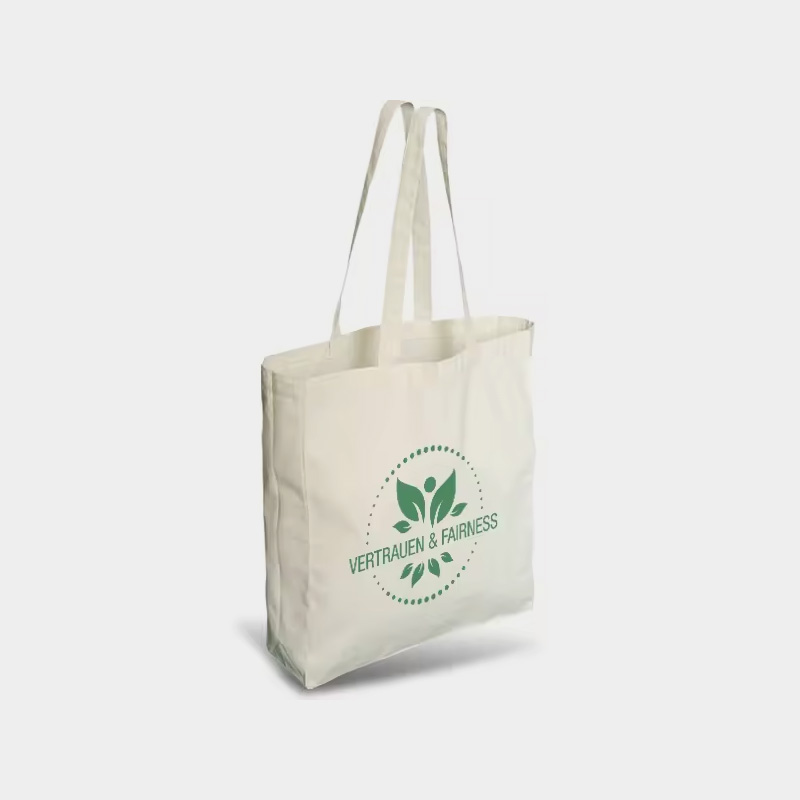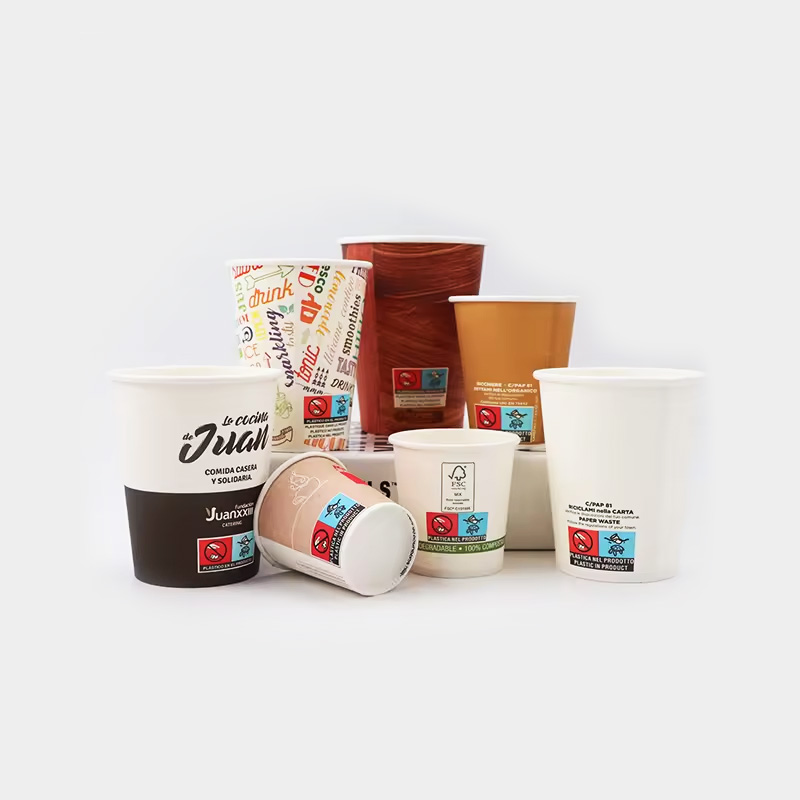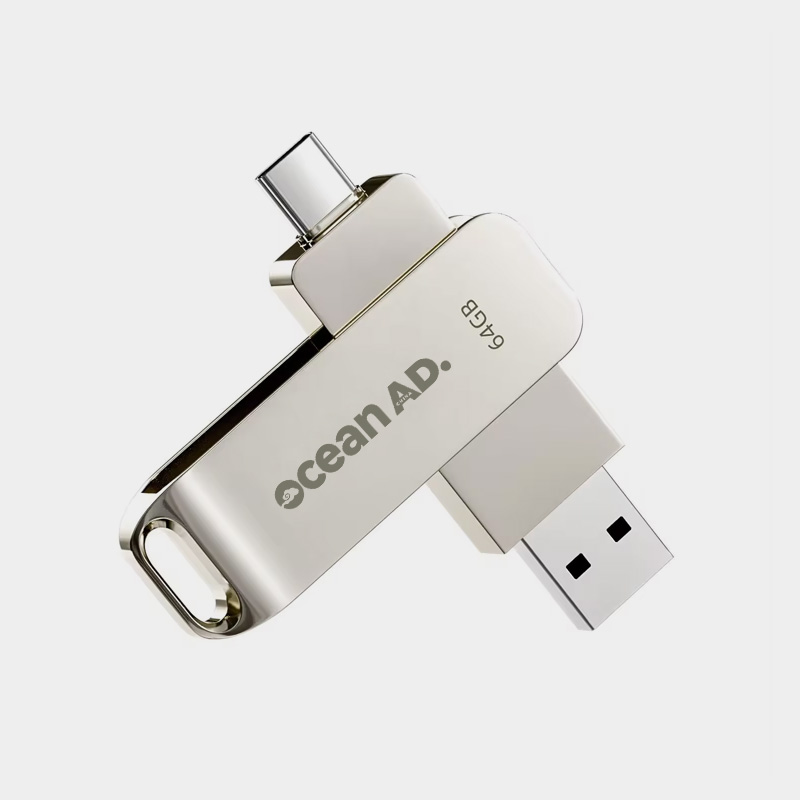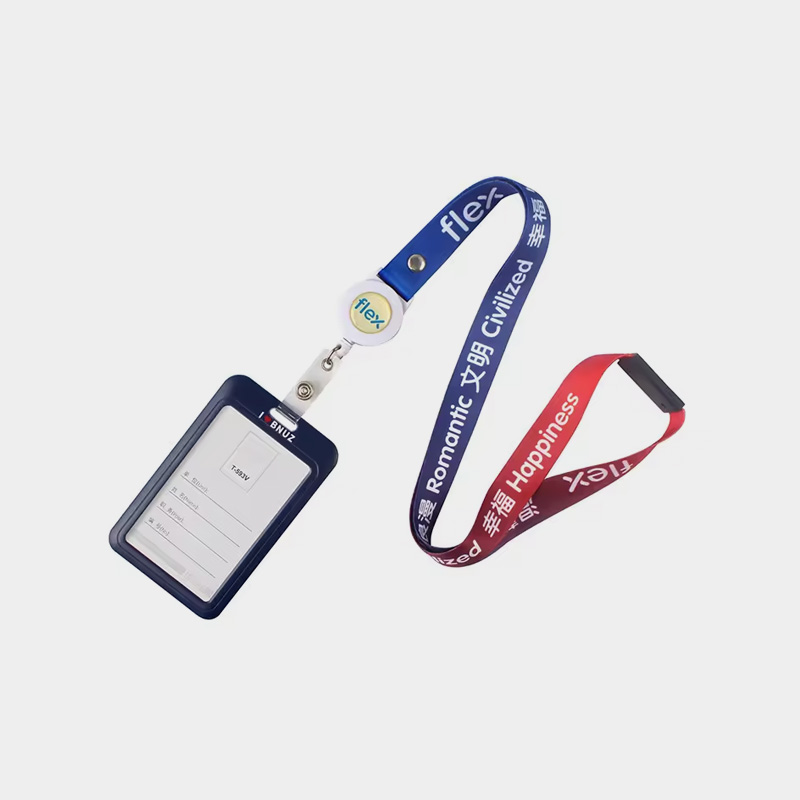Paper bags are made of paper shapes and are often made using adhesive or stitching methods. Paper bags are a type of flexible packaging material, second only to cardboard boxes in paper containers. It is widely used and comes in various types, which can be classified into the following categories:
1、 Classify by paper bag appearance
Envelope bag type paper bag: It has a large opening and folding lid on the side, and does not produce a flat bottom. It is commonly used for packaging small paper products, document materials, or powdered products.
Square bottom paper bag: It has overlapping seams along the length and width directions, and each side is folded flat with pleats. The bottom end is first folded into a prism shape, and then the end points of the prism shape are connected at the management center. After the paper bag is opened, it has a square cross-section and can be placed standing. There are two types: open mouth and closed mouth acne. Commonly seen in packaging granular products.
Portable paper bag: It is made of packaging paper or composite paper, which is relatively sturdy. It has a lifting edge on the sealing bag and is equipped with a handle for easy carrying, also known as a hand-held bag. Commonly seen in gift box packaging.
Cylindrical paper bag: It has a large aspect ratio, with the mouth opening and lid on a surface with smaller specifications, and contains one or more seams parallel to the long side. The bottom end has a folded edge and is glued to the outside with adhesive tape to produce the machine.
M-shaped folding paper bag: Its side is folded into three sides and printed in an M-shape. When applied, the paper bag can be enlarged into a square cross-section and generally has a large capacity.
Valve type paper bag: Its periphery is enclosed, and a gate valve is installed at one end. The raw material is filled into the bag from the gate valve, and the gate valve is closed under the working pressure of the items inside the bag. Commonly seen in packaging of particulate matter objects.
2、 Classify by stacking layers of paper bags
Single sided paper bag: It is made of single sided paper and is mostly small and medium-sized bags, commonly used for packaging light and small items.
Two layer paper bag: also known as fruit bag, it is made of double-layer paper bags and has good sealing and compressive strength.
Double layered paper bag: It is made up of several paper bags, with a stacking layer of 4-5 layers, and is a lightweight carrying bag. Commonly used in the packaging of concrete, organic fertilizers, and other materials.
3、 Classified by primary use
Market sales packaging paper bags: With the goal of selling products, they have high regulations on paper printing, pattern design, text, and packaging printing to attract consumers’ attention.
Storage and transportation packaging paper bag: It is designed for storing and transporting products, usually in bulk, and has high requirements for the compressive strength and flexibility of paper bags. Commonly used in the packaging of various bulk materials such as concrete, organic fertilizers, chemical raw materials, etc.
4、 Classified by materials
Pure paper bag: Made purely of paper shape.
Composite paper bag: Using other raw materials such as plastic film, textiles, asphalt, etc. to form polymer materials with paper, and then making paper bags, it has high compressive strength and various different characteristics, such as moisture-proof, waterproof, moth proof, good barrier properties, etc., which is the development prospect of paper bags.
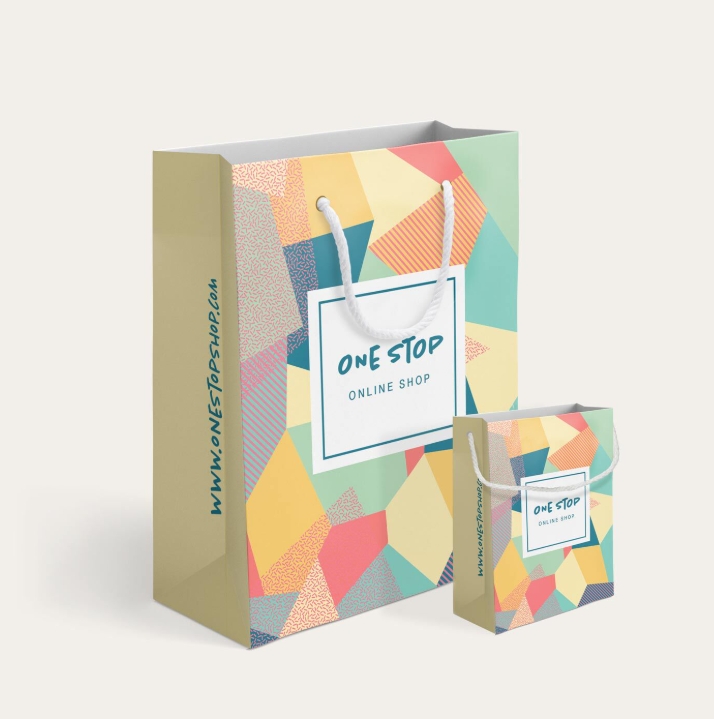
What are the usage and manufacturing standards for portable paper bags? Overall, during the design and production of the packaging bag, the top of the paper bag is folded inward by 60mm and then fixed in place. The total width of the bottom of the paper bag is generally 15mm, with 2 edges glued, 6 at the top, and 6 at the bottom, followed by folding the bag label.
The specifications for making packaging bags should comply with the number of paper openings in order to achieve higher economic benefits. Specifications and models for making packaging bags: The length of the paper type is 180 to 350mm, the total width is 60 to 16b250m, and the aspect ratio of the paper bag is 270 to 450mm. It is best to choose a paper type with a thickness of 100 to 150 pounds. And the paper or cotton rope used for carrying it.
Common specifications and models:
S-type/all paper four open bag, specifications: length 18 x width 7 x height 27cm; Take paper: 15 ″ x 21 ″; Thread direction: parallel plane 31 × 43.
M-type/chrysanthemum paper double open bag, specifications: length 22 x width 8 x height 30 cm; Take paper: 17 ″ x 25 ″; Thread direction: parallel plane 31 × 43.
L-shaped/full paper double open bag, specifications: length 27 x width 10 x height 38cm; Paper holding: 21 ″ x 31 ″; Thread direction: Parallel plane 43 × 31.
X-shaped/chrysanthemum paper open bag, specifications: length 32 x width 10 x height 45cm; Take paper: 25 ″ x 35; Thread direction: Parallel plane 25 × 35.
T-shaped/all paper three open bag, specifications: length 24 x width 10 x height 24cm; Take paper: 15 ″ x 28 ″; Thread direction/parallel plane 31 × 43.
The above are the application and manufacturing specifications for hand-held paper bags. Generally, manufacturers will use packaging paper to make hand-held bags. Due to the durability and various color tones of this type of paper, the cost of this type of paper is relatively high.



